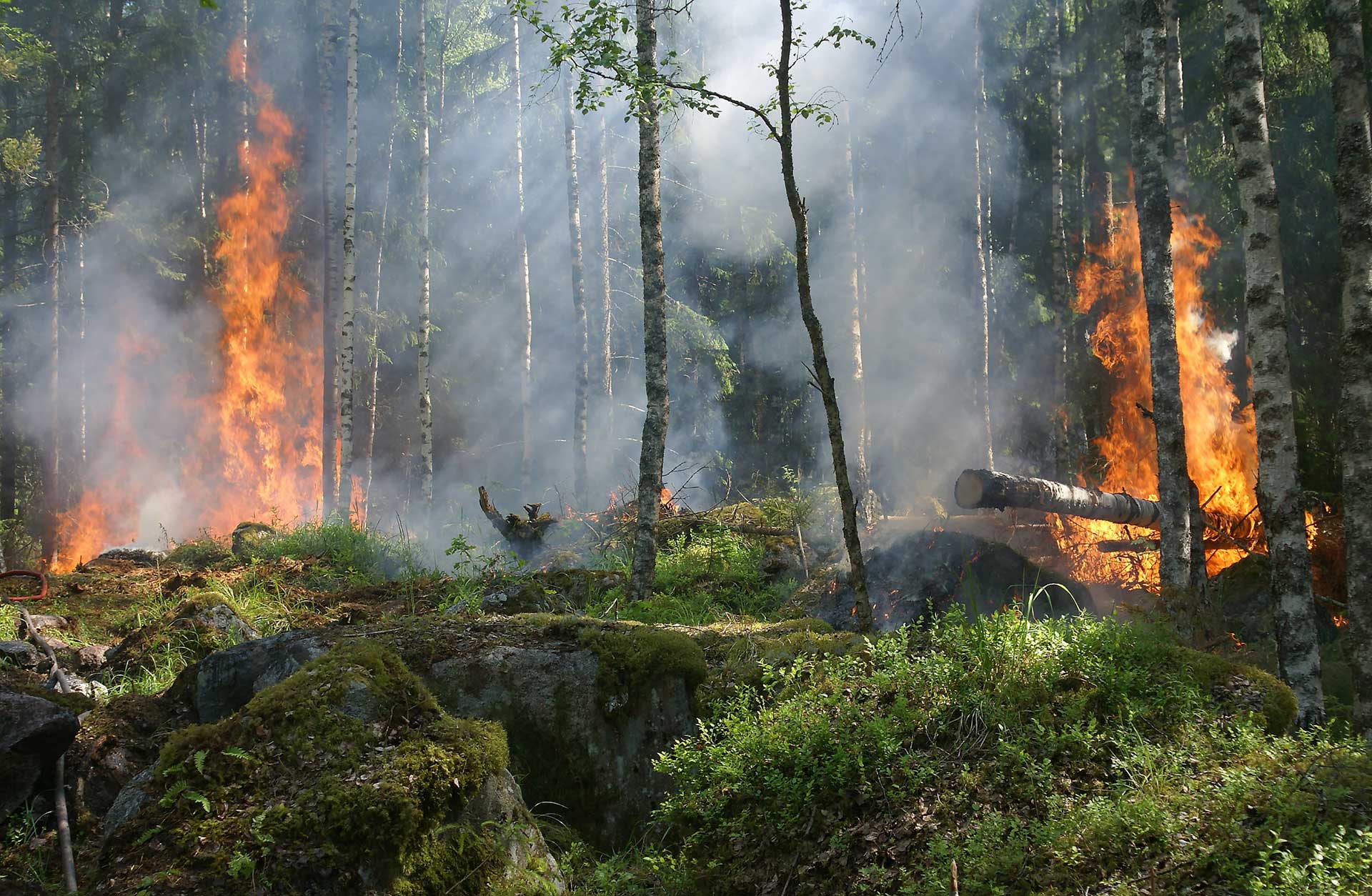
About Wildfire Risk to Communities
Wildfire Risk to Communities is a free, easy-to-use website with interactive maps, charts, and resources to help communities understand, explore, and reduce wildfire risk. It was created by the USDA Forest Service under the direction of Congress in the 2018 Consolidated Appropriations Act (H.R. 1625, Section 210). As wildfires increase in frequency and severity across the country, Wildfire Risk to Communities uses the best available science to not only identify risk, but also provide resources for communities to manage and mitigate risk.
Subscribe to updates!
Wildfire Risk to Communities is built from a variety of nationally consistent data, including vegetation and fuels from LANDFIRE, weather from the National Weather Service, and community data from the U.S. Census Bureau, each with different vintages. (See the FAQ “what time period do the data reflect.”) Some of the data produced through the Wildfire Risk to Communities project is available for exploration online and all of the data are available for download as GIS raster layers.
Wildfire Risk to Communities is designed to help community leaders such as elected officials, community planners, and fire managers understand how risk varies across a state, region, or county and prioritize actions to mitigate risk. This is the first time that maps and data about community wildfire risk are available nationwide.
The Wildfire Risk to Communities team is led by the USDA Forest Service: National Headquarters – Fire and Aviation Management, and Rocky Mountain Research Station’s Missoula Fire Sciences Laboratory. Headwaters Economics and Pyrologix, a Vibrant Planet company, are partners in developing and delivering the data to the public. The program aligns with important federal policies and initiatives.
Read more in our Frequently Asked Questions.




